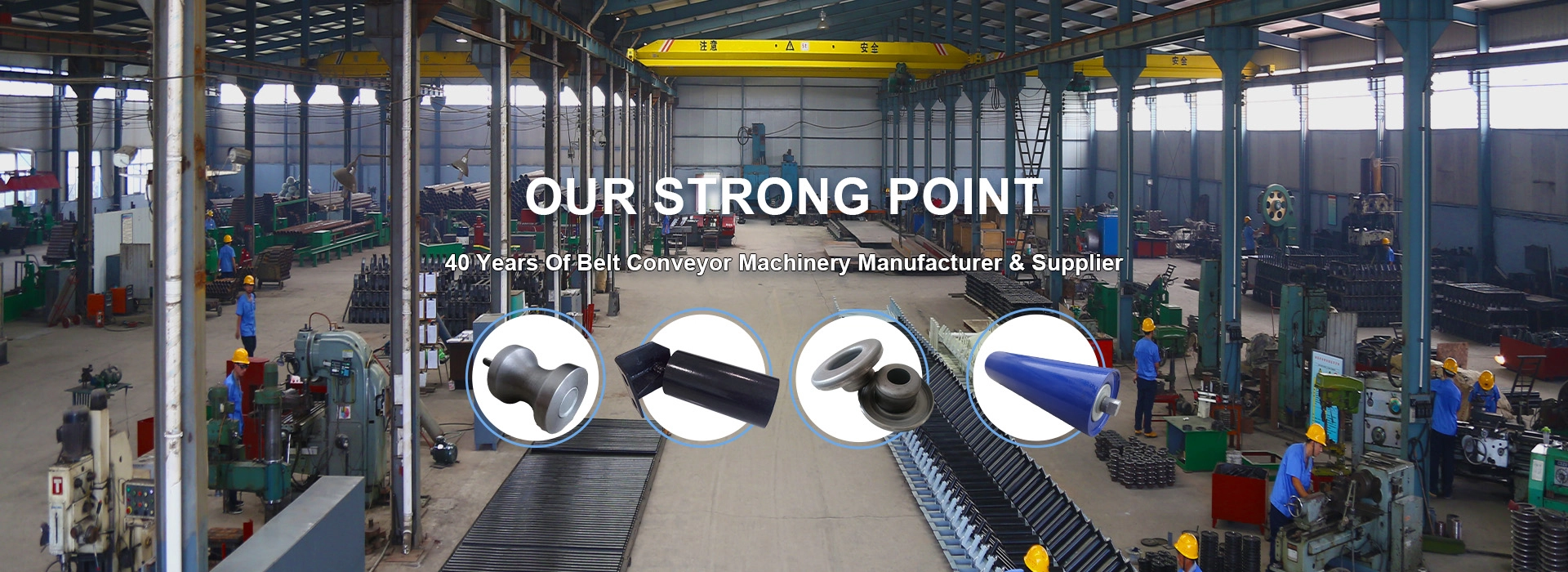 Afrikaans
Afrikaans  Albanian
Albanian  Amharic
Amharic  Arabic
Arabic  Armenian
Armenian  Azerbaijani
Azerbaijani  Basque
Basque  Belarusian
Belarusian  Bengali
Bengali  Bosnian
Bosnian  Bulgarian
Bulgarian  Catalan
Catalan  Cebuano
Cebuano  Corsican
Corsican  Croatian
Croatian  Czech
Czech  Danish
Danish  Dutch
Dutch  English
English  Esperanto
Esperanto  Estonian
Estonian  Finnish
Finnish  French
French  Frisian
Frisian  Galician
Galician  Georgian
Georgian  German
German  Greek
Greek  Gujarati
Gujarati  Haitian Creole
Haitian Creole  hausa
hausa  hawaiian
hawaiian  Hebrew
Hebrew  Hindi
Hindi  Miao
Miao  Hungarian
Hungarian  Icelandic
Icelandic  igbo
igbo  Indonesian
Indonesian  irish
irish  Italian
Italian  Japanese
Japanese  Javanese
Javanese  Kannada
Kannada  kazakh
kazakh  Khmer
Khmer  Rwandese
Rwandese  Korean
Korean  Kurdish
Kurdish  Kyrgyz
Kyrgyz  Lao
Lao  Latin
Latin  Latvian
Latvian  Lithuanian
Lithuanian  Luxembourgish
Luxembourgish  Macedonian
Macedonian  Malgashi
Malgashi  Malay
Malay  Malayalam
Malayalam  Maltese
Maltese  Maori
Maori  Marathi
Marathi  Mongolian
Mongolian  Myanmar
Myanmar  Nepali
Nepali  Norwegian
Norwegian  Norwegian
Norwegian  Occitan
Occitan  Pashto
Pashto  Persian
Persian  Polish
Polish  Portuguese
Portuguese  Punjabi
Punjabi  Romanian
Romanian  Russian
Russian  Samoan
Samoan  Scottish Gaelic
Scottish Gaelic  Serbian
Serbian  Sesotho
Sesotho  Shona
Shona  Sindhi
Sindhi  Sinhala
Sinhala  Slovak
Slovak  Slovenian
Slovenian  Somali
Somali  Spanish
Spanish  Sundanese
Sundanese  Swahili
Swahili  Swedish
Swedish  Tagalog
Tagalog  Tajik
Tajik  Tamil
Tamil  Tatar
Tatar  Telugu
Telugu  Thai
Thai  Turkish
Turkish  Turkmen
Turkmen  Ukrainian
Ukrainian  Urdu
Urdu  Uighur
Uighur  Uzbek
Uzbek  Vietnamese
Vietnamese  Welsh
Welsh  Bantu
Bantu  Yiddish
Yiddish  Yoruba
Yoruba  Zulu
Zulu Various Types of Lagging for Conveyor Pulleys and Their Benefits
Understanding Conveyor Pulley Lagging Types
Conveyor systems are the backbone of numerous industrial processes, facilitating the transportation of materials across various sectors. One critical component of these systems is the conveyor pulley. To enhance its performance and longevity, conveyor pulley lagging serves a vital role. Lagging involves applying a layer of material to the pulley’s surface, which helps improve its efficiency and protect it from wear and tear. In this article, we will explore the different types of conveyor pulley lagging and their respective benefits.
1. Rubber Lagging
Rubber lagging is one of the most common types used in conveyor pulleys. It offers excellent traction, which is essential for preventing slippage and ensuring the optimal transfer of power from the pulley to the conveyor belt. Rubber is also resistant to abrasion, making it suitable for heavy-duty applications where materials can cause significant wear. Additionally, rubber lagging can absorb vibrations, reducing noise and improving the overall operational efficiency of the conveyor system.
There are various thicknesses and textures of rubber lagging available, allowing for customization based on specific applications. For instance, smooth rubber lagging is often used for lighter loads, while textured or ribbed options can enhance grip for heavier, more abrasive materials.
For operations that involve highly abrasive materials, ceramic lagging is an ideal choice. This type of lagging incorporates ceramic tiles, providing exceptional wear resistance. Ceramic lagging is particularly effective in prolonging the life of the pulley while maintaining a high friction coefficient, preventing slippage even under challenging conditions.
While ceramic lagging can be more expensive than other options, its longevity and reduced maintenance requirements often make it a cost-effective solution for industries that face wear challenges, such as mining and heavy manufacturing.
conveyor pulley lagging types

3. Polyurethane Lagging
Polyurethane lagging is gaining popularity due to its outstanding resilience and versatility. It is lighter than rubber and offers comparable, if not superior, wear resistance. One notable advantage of polyurethane is its ability to maintain its performance over a wide temperature range, making it suitable for both hot and cold working environments.
This type of lagging is also known for its ability to reduce noise levels and vibrations significantly, contributing to a quieter working atmosphere. Polyurethane lagging is typically available in various hardness levels, enabling users to select the type that best suits their operational needs.
4. Steel Lagging
Steel lagging is often utilized in high-performance applications where maximum durability is required. Steel provides an incredible degree of strength, helping prevent wear in extreme conditions. However, while steel lagging is robust, it may not provide the same level of grip as rubber or ceramic options, making it less suitable for all types of materials.
Typically, steel lagging is used in heavy-duty applications where other types of lagging may fail. Industries such as steel processing and large-scale material handling may benefit from the application of steel lagging on their pulleys.
Conclusion
In conclusion, proper selection of conveyor pulley lagging plays a critical role in the efficiency and longevity of conveyor systems. Understanding the characteristics and advantages of each type—rubber, ceramic, polyurethane, and steel—enables industries to make informed decisions based on their specific operational needs. By choosing the right lagging material, businesses can significantly reduce operational costs, enhance the durability of their equipment, and ensure smoother and safer transportation of materials. As technology advances, we can anticipate further innovations in conveyor pulley materials, promising even greater performance and reliability in the industry.
-
Trusted Conveyor Solutions from Leading Conveyor Idler Roller ManufacturersNewsJun.27,2025
-
Reliable Return Idler Solutions for Efficient Belt Conveyor SystemsNewsJun.27,2025
-
Precision Conveyor Accessories for Streamlined Material HandlingNewsJun.27,2025
-
High-Quality Belt Conveyor Idler Solutions for Efficient Material HandlingNewsJun.27,2025
-
High-Performance Belt Conveyor Pulleys for Reliable Material HandlingNewsJun.27,2025
-
Enhancing Material Handling EfficiencyNewsJun.27,2025





























